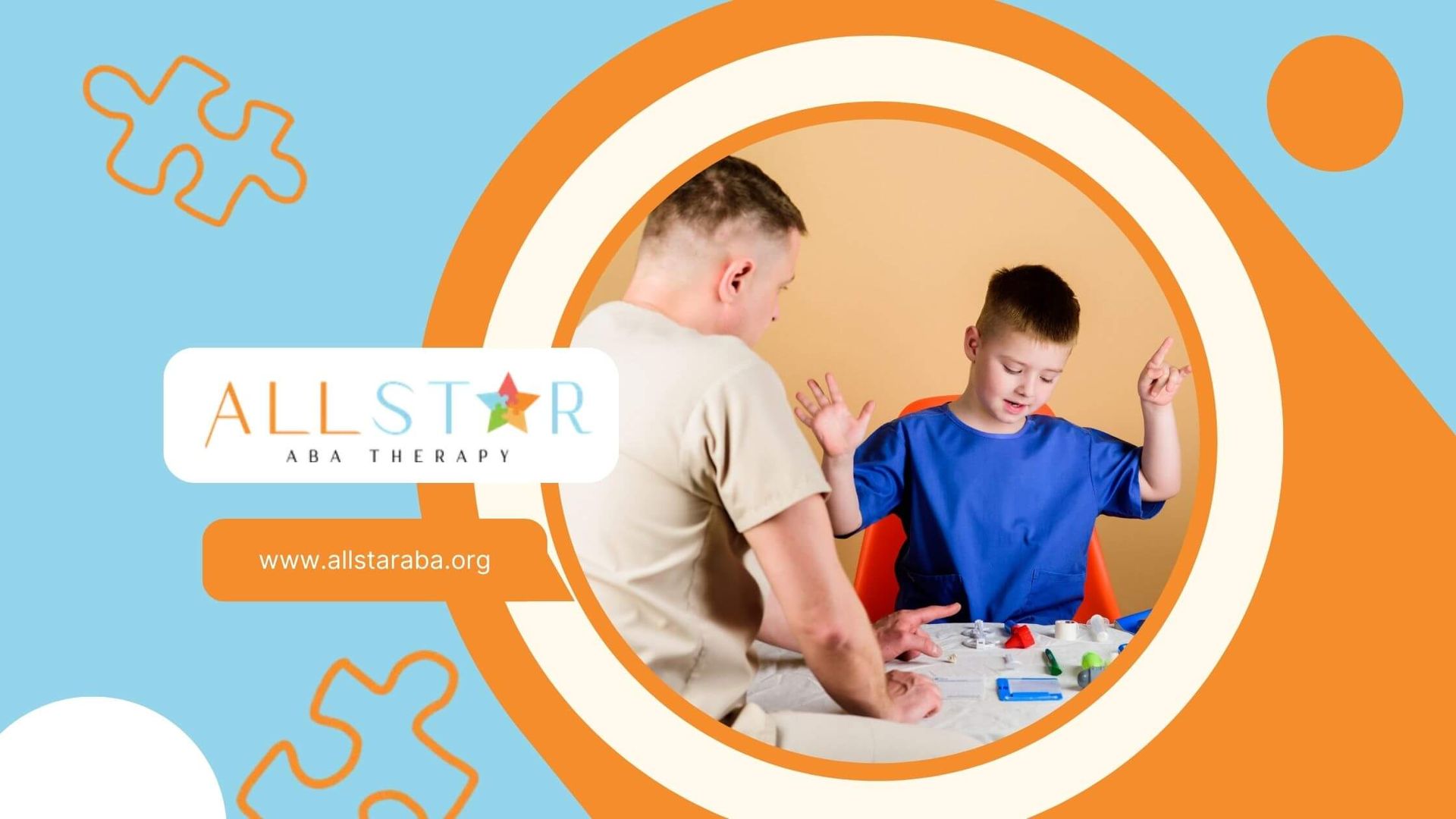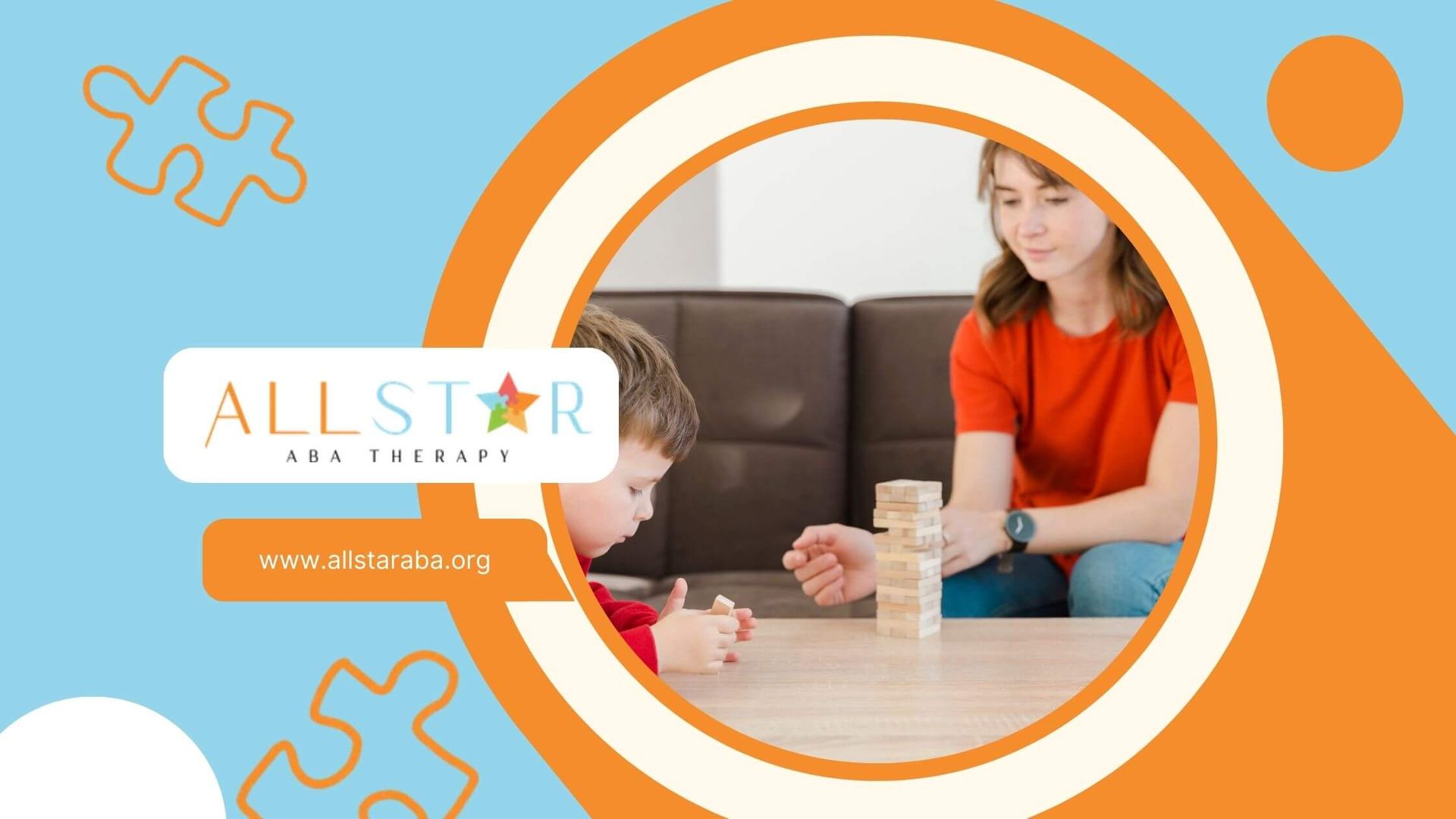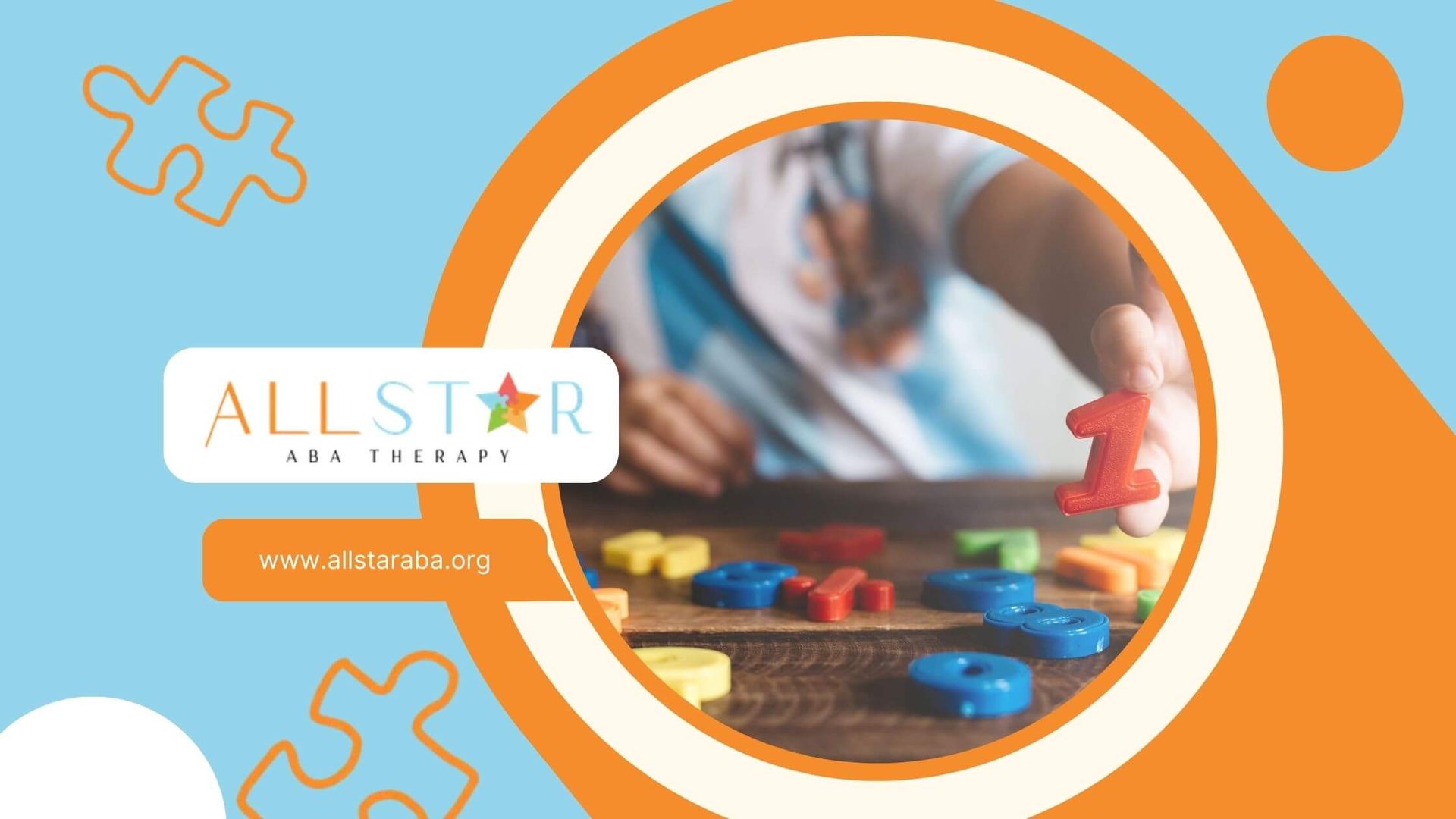New Paragraph
ABA Therapy for Depression: Techniques and Benefits
Depression is not just about feeling sad. It affects how you live and lowers your overall mental health. To treat depression, you may need something that works on behavior, and this is where ABA therapy helps in North Carolina. Applied Behavior Analysis, or ABA, uses behavior analysis and positive reinforcement. It also includes behavioral activation to help with depressive symptoms. Unlike other ways, ABA gives you a plan made for your individual needs. This helps improve your emotional health and supports mental health recovery. In this article, we look at how ABA therapy can help people with depression feel better and build a better path to recovery.
Defining ABA Therapy and Its Relevance to Depression
Applied Behavior Analysis (ABA) therapy is well known for helping people change how they act. ABA therapists use behavior analysis and reinforcement to do this. Many people think ABA is only for autism spectrum disorder, but it can also be used for other mental health problems. One example is major depression. ABA can help with the behavior patterns that come with depressive symptoms.
Depression often shows up as people not doing much or avoiding things. ABA therapy helps deal with this by using behavioral activation. In this way, ABA therapists look for actions that are harmful and try to change them. They also help people do more healthy behaviors. This boost can help with motivation. It also helps people handle their feelings better. ABA therapists work with their clients to create ways to handle stress and problems, so people have tools for long-term mental health recovery.
What Is Applied Behavior Analysis (ABA)?
Applied Behavior Analysis (ABA) is a way to understand and change how people act. It uses ideas from learning theory in a step-by-step way. The main goal is to help people do more good things and stop doing things that can hurt them. It works well for a lot of issues, like depression. With this method, people learn new skills and make good changes in their daily life. This is why many use behavior analysis and applied behavior analysis to improve behavior and well-being.
Historical Background and Evolution of ABA
The start of ABA therapy comes from the early ideas of behaviorism in the United States. These ideas focus on what people do, not how they feel or think. B.F. Skinner and other early leaders showed that the use of rewards can help guide changes in behavior.
By the middle of the twentieth century, these ideas became important in mental health care. They worked not just for autism spectrum disorder, but also for major depression. Using behavioural activation techniques, experts showed that these methods can help with problems like lack of motivation or people pulling away from others.
With time, ABA began to include thoughts and feelings too. Still, it has always relied on clear and scientific study of human actions. Today, applied behavior analysis is a flexible treatment used in many mental health services. It gives structured ways to help reduce depressive symptoms and make emotional life more stable.
Why ABA Is Gaining Attention for Depression Treatment
ABA is now seen as a helpful, structured way to deal with depression. It looks at certain behavioral issues like not doing much or pulling away from others. Because of this, people use ABA to get better mental health results. With behavioral activation, ABA helps patients take small steps forward. It lets people slowly feel a bit better by rewarding healthy habits.
In mental health services, ABA is often used because it deals with what’s really behind depressive symptoms. It is not the same as general talk therapy. Instead, ABA sets clear, measurable goals for patients. It uses activity scheduling and positive reinforcement to help build emotional strength a little at a time.
This therapy draws notice by bridging emotional problems and real-life behavioral solutions. It gives people tools they can really use for depression in daily life. Because this therapy focuses on practical and simple changes, ABA is now showing great promise as a good choice for those who want more motivation, better control of their feelings, and stronger mental health recovery.
Core Principles of ABA in Addressing Depression
The main ideas of ABA therapy are based on behavior analysis. The goal is to help people with depressive symptoms by changing harmful habits to healthy behaviors. Therapists find out what causes the bad feelings and help build actions that give better emotional health.
By using positive reinforcement, ABA helps people take part in activities they like. This helps them see small wins over time. For example, a person may get a reward for good behaviors, like talking to others. This can make their feelings more steady. This method uses science to help people get better mental health that lasts. ABA therapy helps remove bad habits and teaches better ways to cope.
Behavioral Foundations and Theoretical Frameworks
Behavioral science is the main part of ABA therapy. It gives a clear way to help manage depressive symptoms with planned steps. Therapists look closely at behavior patterns, like if someone avoids things or pulls away from people. This helps them make plans that you can put into action.
In ABA, there are ideas built around reinforcement. One method is behavioral activation. This pushes people to take small steps to boost motivation and fight things like not wanting to do anything. For instance, therapists might set up activity scheduling. This helps you plan fun or good tasks to feel better and care for your mental health.
ABA uses proven ways to see how things in your world, like emotional triggers, link to your depressive symptoms. These ideas give therapists power to make plans that match what you need as a person. This also fits into your long-term mental health recovery goals. The focus is always on what steps work best for you, your mental health, and your own behavior patterns.
Functional Behavior Assessment Explained
Functional behavior assessments help ABA therapists find out what causes depressive symptoms. They look at behavior patterns and how things in the environment can act as triggers. This lets professionals come up with plans that make real changes for people who need help with mental health.
During these assessments, therapists often look at things like staying away from people or avoiding activities. For example, by looking at depressive behaviors in daily life, they can check how things change over time and update treatment plans to fit better. These assessments show how important it is to spot what actions make depression worse, and to fix them one step at a time.
When paired with behavior analysis strategies, these assessments guide steps that help people get better. Whether the problem is not feeling connected or not having good ways to deal with stress, this process makes sure treatment is just right for each person and helps their mental health grow stronger year after year.
Reinforcement, Punishment, and Shaping in ABA
Reinforcement methods play a big part in how well ABA therapy works for people facing depression. Positive reinforcement gives rewards for good behaviors. Things like spending time with others or finishing important tasks can help people feel better and boost emotional health.
Punishment in ABA is not about hurting feelings or making someone upset. The main goal is to lower harmful habits in a safe way that doesn't lead to emotional pain. For example, a therapist might help someone move away from avoiding things and instead do actions that lower depressive symptoms.
Shaping habits in ABA starts with small steps. Therapists set easy goals at first, then slowly make them a bit harder as the person gets more comfortable. For example, the first goal might be doing something fun once a week. With time, this can turn into daily habits that help a person interact more and feel motivated. Each goal helps build emotional balance and leads to healthier habits.
Identifying Depressive Behaviors Through ABA
ABA helps find patterns linked to depression, mainly by looking at things like staying away from others and pulling back from social time. Therapists use behavior analysis, watch facial expressions, and pay close attention to emotional signals. They use these to spot actions that may make depression worse, much like observations made in a control group.
This close checking is important to set goals and make treatment plans that fit each person. Because ABA sees these warning signs, it can help start things like activity scheduling and using rewards to change behavior. Helping people deal with depression in these ways can give them a clear plan to get stronger and learn better ways to handle tough times.
Recognizing Patterns and Signs of Depression
Identifying depression needs a way that looks at behavior. ABA therapists look for signs that show up in people with mental disorders. They often watch for:
- Facial expressions that do not show much emotion or look bright.
- Doing very little most of the time, which leads to the person being alone more.
- Staying away from things that can be fun or avoiding time with others.
- Saying negative things that can make feelings of depression stronger.
By looking at these behavior patterns, therapists create plans that fit each person. These plans are made to change behaviors that might hurt emotional health. For example, if someone is not active, the therapist might use behavioral activation. This helps the person take small steps to get better. This way also helps make evaluations that give good long-term results.
How ABA Therapists Assess and Analyze Behavior
ABA therapists use hands-on ways to look at how people act when they have depressive symptoms. They use clear and organized ways to collect information. This helps the specialist see how strong the feelings of depression are. With this knowledge, they can make a support plan that fits each person.
For example, activity logs are used to keep track of daily moods and tasks. These logs help spot when someone is avoiding things in life. Therapists then bring in positive reinforcement. This means giving rewards or praise to help slow the change of unhelpful patterns over time. They also work with the person to make their social skills and coping skills stronger. By keeping up with their progress, the therapist helps build better motivational cues.
Behavior analysis is behind all these steps. It helps create plans that really work to guide people to feel better. This approach helps balance expectations because the progress is watched closely and in a clear way.
Establishing Baselines and Setting Measurable Goals
Establishing baselines is very important in aba therapy. It gives the starting place to look at a person's current behavior patterns and depressive symptoms. This helps aba therapists to use clear measurement rules. These rules help track progress so they can see how well each plan works. The goal is to fit individual needs and to know what works best.
When you set goals that are easy to measure, you help clients see real progress by taking small steps. The goals have to be specific, can be done, and should happen in a certain amount of time. This can make people feel more motivation and want to do healthy behaviors. With a clear plan for each session, people can work on their emotional health and make steps forward to mental health recovery. This way, about mental health and getting better is not as hard as it may seem at first.
Key ABA Techniques Used for Depression
Applied behavior analysis (ABA) uses a few main ways to help with depressive symptoms. Positive reinforcement helps by giving rewards when someone shows healthy behaviors. This helps to boost motivation and gets people more involved. Self-monitoring and data collection let people keep track of their feelings of depression and notice patterns in how they act. This makes it easier to plan what to do next.
Role-playing and skill-building also give people the chance to practice new social skills and ways to cope. This is done in a safe place and can help people feel better emotionally. It also helps build resilience and encourages healthier habits for mental health recovery. Using behavior analysis and tools like positive reinforcement can make a real difference in managing depressive symptoms and improving emotional health.
Positive Reinforcement Strategies
In ABA therapy, using positive reinforcement can help people who have feelings of depression. When you reward good actions, like through praise or small gifts, it can boost motivation and help people feel better. With behavioral activation therapy, the plan is to focus on small steps and give rewards for them. This makes it easier for them to take part in things they enjoy. ABA therapists work to make sure these plans fit individual needs, catering to different needs so each person gets the right support. They also help people connect with emotional support networks, making it more likely that improvements in emotional health and daily life will last.
Self-Monitoring and Data Collection Methods
Self-monitoring means keeping track of what you think, feel, and do. By doing this, you learn more about your depressive symptoms and what sets them off. This way, you get to know your own behavior patterns better, and it gives important information to behavior analysts. People often write in journals or use apps for data collection. This helps to see if you are getting better as time goes on and makes it easier to change treatment plans so they fit individual needs. When you spot changes in your mood and motivation, the people who help you can plan what to do next. This helps you work toward emotional health and learn healthier habits, because you get constant feedback that helps you adjust and grow.
Role-Playing and Skill-Building Interventions
Role-playing and skill-building are two helpful ways used in applied behavior analysis (ABA) to work on feelings of depression. These tools help people grow their social skills and get moving again through real-life practice sessions. In role-play, people act out different situations, so they can try new ways to cope and see what could happen in each case. This helps them get more trust in themself and more drive to try new things. At the same time, skill-building helps people learn good habits and ways to handle tough times. It is done in a way that fits what each person needs. All of this helps make the right space for mental health to get better. When people join in these steps, depression can get better as time goes by. Using tools from behavior analysis like these makes it possible to support mental health, bring on behavioral activation, meet individual needs, and help people cut down on depressive symptoms while building better habits for the future.
Steps to Implement ABA Therapy for Depression in the United States
Implementing ABA therapy for depression starts with a clear plan that fits individual needs. First, it is important to get help from qualified behavior analysts. These experts are trained to work with people who have depressive symptoms. They use techniques that are based on what has worked well in the past.
Then, there should be a treatment plan that is made just for the patient. This means the therapy will match their own challenges and help with their mental health. It is also good to have family and those who care about the patient involved. Their support can help the patient feel better and move forward.
This way of using many people and supports together helps make sure people get better mental health outcomes. It is about working as a team to help those in need.
Finding Qualified ABA Professionals
Finding the right ABA professionals is very important for good treatment and better results when dealing with depression. You need to look for people who have certification from trusted groups like the Behavior Analyst Certification Board (BACB). This helps make sure they have the right knowledge and follow good rules. When you check local mental health services, you can get help to find experienced ABA therapists who can look after people with depressive symptoms. Many of these professionals say it helps to work together and build strong emotional support networks. This teamwork gives people better emotional support and meets many of their needs. Using this complete plan helps keep people involved and can make mental health recovery easier for anyone going through depression and mental health problems.
Creating Individualized Treatment Plans
Making treatment plans that fit individual needs is very important for good ABA therapy for depression. Each plan should have clear goals, steps you can take, and ways to measure how things are going. Behavior analysts look at behavior patterns and depressive symptoms to set up a plan that helps the person build healthier habits and feel more motivated. They check the progress often. This helps them change the plan if needed, so it keeps up with what the person needs right now. Using things like positive reinforcement, activity scheduling, and fun activities can help people be more interested and involved. This makes ABA therapy work better and feel better for them.
Family and Caregiver Involvement in Therapy
The active participation of family members and caregivers is very important in ABA therapy. When they take part in this process, it helps to use learned skills in everyday life. This can make behavioral activation work better. By working together with ABA therapists, caregivers can use methods that fit the needs of their loved one. This teamwork also gives emotional support. It helps start and keep healthy behaviors. When caregivers share what they see and their experiences, it helps improve the treatment plan. This teamwork makes the care more complete and helps manage depressive symptoms in a better way.
Integrating ABA with Other Therapeutic Approaches
Blending ABA therapy with other treatment methods is a good way to help people with mental health problems. For example, when you put cognitive behavioral therapy (CBT) with ABA, it can make behavioral activation better for people who have depressive symptoms. This mix can give people tools to handle their emotional health, and also build good behavior by using reinforcement. Sometimes, medicine may also be a part of the treatment plan if needed. This helps make sure the care fits what each person needs. Working together like this can get better results for people dealing with major depression or other mental disorders.
Comparing ABA with Cognitive Behavioral Therapy (CBT)
Understanding the differences between applied behavior analysis (ABA) and cognitive therapy behavioral therapy (CBT) can help make treatment work better. ABA is a way people use to change behavior with planned steps and rewarding good actions. This helps a lot for those who have major depression, as it works on the behaviors that go along with depressive symptoms.
CBT is different. It works on the way you think. CBT helps people notice and change negative thoughts and unhelpful ideas, so they can build better ways to think.
These two methods, when used together, can give stronger help for mental health. Using both ABA and CBT can help people with major depression by creating a treatment plan that covers more areas. This gives more emotional support and helps people with mental health recovery. Getting help in more ways can really make a difference for those dealing with depressive symptoms.
When to Combine ABA with Medication
Combining applied behavior analysis with medication can help in the treatment of depression. This is important when depressive symptoms are strong or do not go away. Using medication can lower emotional pain and make it easier for people to join in behavior analysis. This way, they can take part in more activities, improve social skills, and work on mental health recovery in an effective way. Staying in touch with both ABA therapists and doctors helps keep the treatment plan working well for each person. All of this can make the treatment of depression better for people with major depression.
Collaborative Care Models in Mental Health
Collaborative care models in mental health bring different therapies together, like applied behavior analysis. This mix helps make treatment better for people with depression or other mental disorders. By having behavior analysts, psychologists, and primary care doctors work as a team, the treatment plan is made just for the person and their needs. These models also help the team talk and share information, which keeps care going smoothly and follows what works best. This way of working together builds up motivation in people, so they can make better choices for their health and get better mental health results.
Measuring Effectiveness and Outcomes of ABA for Depression
Evaluating how well ABA therapy works for depression needs different ways to check progress. The best way is to look at how much some depressive symptoms change over time. Many people use tools and tests that look the same for everyone. This makes it easier to get real, fair numbers. Checking how often someone does positive things can also show if their emotional health or how they act around others is getting better.
It is important to keep a clear plan for each session. This helps behavior analysts focus on individual needs and keep improving how they work with each person. If there is enough written information about what happened in each session and what got better, it is easier to see if someone is building new healthier habits. In the end, ABA therapy has the potential to support mental health recovery and help people stay well in the long run.
Reviewing Current Research and Evidence
Current research shows that applied behavior analysis is good for helping with depressive symptoms. The studies say that ABA can boost behavioral activation. This helps people build healthier habits and have better emotional health. Meta-analyses show people get much better when positive reinforcement techniques are used. This kind of support can boost motivation and help people take part in things they enjoy. Clinical trials also say it is important to make sure ABA fits individual needs for the best results. Ongoing research, including studies indexed in Google Scholar, keeps showing that using ABA is a promising way to treat depression, especially when it works together with cognitive behavioral therapy to address individual needs.
Tracking Progress Over Time
Measuring progress in ABA therapy is important when working with depression. It takes repeated data collection to check changes in how someone acts and feels. You have to look at the trends in emotional health. You also need to notice patterns in depressive symptoms. It’s key to see if using positive reinforcement is working for them.
Keeping track of these things helps therapists change treatment based on what each person needs. This way, the plan fits their individual needs and can help them build healthier habits. When you record every step forward, both the client and the therapist get the chance to see the good results, boost motivation, and stay engaged with therapy. This way, therapy becomes more helpful.
Writing down these small wins shows what is working and helps both people keep going. This way, everyone can work together towards steady mental health recovery. Having this record is important for reaching long-term mental health goals.
Long-Term Benefits and Challenges
Consistent use of ABA therapy can give people big long-term benefits when they have depression. It helps people make better choices and build healthier habits. This can also help better emotional health and lower depressive symptoms with time. Still, some challenges may come up. There can be a need for steady support, and some clients might not want to take part. It is key for ABA therapists to change how they work to fit individual needs. This helps people keep getting better. There are also issues with what people think about ABA therapy in society. Some ideas about it are not correct. These can make it hard for people to get the mental health services they need. That is why teaching people about how well ABA therapy works is important for helping more people get the help they need for mental health.
Addressing Challenges, Concerns, and Misconceptions
Misunderstandings about ABA therapy for depression often come from what people already think about it. Some may believe this way of helping is too strict or only for people with autism spectrum disorder and developmental disorders. Because of this, they do not see how it can be used for many mental health issues. For ABA therapy, it is important to be open and share all information with people who get help or their families. Many people worry if it will work, but there are many success stories that show real progress in behavioral activation and that ABA gives strong emotional support.
To stop these problems, we need to talk openly about how each person’s treatment plan can be different. The plan should match what the person needs. This helps people form healthier habits and find new ways to feel better. Good mental health care comes when people, their families, and therapists work together and share what works best.
Ethical Considerations in ABA for Depression
Ethical considerations are very important in the use of ABA for depression. It is key to make sure people have their own choices and give informed consent. They should fully know their choices for mental health treatment and what the main goals of behavior analysis are. Respecting what each client needs helps to create a good and supportive place for them. This helps them to do better.
Also, behavior analysts must always be open about how they collect data and show progress. This keeps the trust and honesty in mental health services strong. By being ethical, there can be trust between people and their mental health practitioners. This also helps people show better and healthier behaviors, which is important for mental health recovery.
Overcoming Common Myths and Barriers
Misunderstandings about ABA therapy can stop people from using it to help with depression. Many think that ABA is only for autism spectrum disorder. This idea ignores the fact that it is also good for other mental health issues. There is the thought that behavior analysis does not care about feelings, but it does value emotional support and meeting each person's needs. People may avoid ABA because they believe it costs too much or think there are not enough resources for it. But the research shows that ABA works well for many mental health problems. This makes it a good way to get better mental health for everyone who needs help.
Patient Safety and Informed Consent
Making sure patients are safe and that they understand everything is very important in ABA therapy for mental health, especially when working with depressive disorders. The people who give treatment should always explain the goals and methods of behavior analysis. This helps people know what to expect and lets them decide if they want to move forward. Being open like this builds trust and helps everyone work together better. People should also talk often about their progress and any possible risks. This gives both sides a chance to talk about worries and helps people feel heard. Following ethical rules in ABA therapy leads to better results, helps people with their treatment, and keeps emotional health and mental well-being as a top priority.
Conclusion
To sum up, using ABA therapy helps a lot with the treatment of depression. This structured plan is good in mental health and can lead to real progress. It does this by using positive reinforcement and behavior analysis. The treatment is changed for each person, so the help fits their needs. If we keep studying and learning about why this works, mental health services will be even better. Working together in a personal way makes sure that every person gets the help they need while they get better.
At All Star ABA, we believe in a holistic approach to well-being, understanding that mental health is as crucial as developmental progress. While this article explores the effective techniques and benefits of ABA therapy for depression, we stand as a leading provider dedicated to comprehensive support. Our expert team skillfully applies Applied Behavior Analysis principles to address the behavioral components of depression, helping individuals build coping strategies, increase positive interactions, and achieve greater emotional regulation. Choose All Star ABA to partner with a team committed to illuminating every path to well-being, helping your child shine their brightest.
Frequently Asked Questions
How long does ABA therapy usually take to show results for depression?
ABA therapy for depression may take a few weeks or sometimes a few months before you start to see results. Every person is different, so some see changes sooner than others. The time it takes can depend on how serious the symptoms are and the number of sessions attended. It also helps if the sessions are more frequent, if the person keeps working on skills, and if the treatment is made just for that person. All these things can change how fast someone gets better with ABA therapy.
Can ABA therapy be effective for adults with depression?
Yes, ABA therapy can help adults who have depression. It works by helping to change some behaviors and add more good actions. The use of positive reinforcement is a big part of this. Self-monitoring is also important. These steps help people manage their symptoms and feel better. ABA therapy can help with handling emotions and teach ways to cope that fit each person’s needs.
Are there any risks or side effects associated with ABA therapy for depression?
While aba therapy is seen as safe for most people, there can be times when someone feels upset while trying to change certain behaviors. If the methods are not used in the right way, it can cause problems like getting frustrated or not making any progress. That is why it is very important to have the help of trained professionals. They can help avoid risks and make sure the right steps are taken.
Sources:
https://blossomabatherapy.com/blog/aba-therapy-for-depression
https://www.autismspeaks.org/applied-behavior-analysis
https://medicine.umich.edu/sites/default/files/content/downloads/Behavioral-Activation-for-Depression.pdf
https://www.appliedbehavioranalysisedu.org/depression/
Need Support?
We're Here to Help!
Our experienced team is ready to assist you. Reach out today to discuss how we can support your child's development and well-being.
Get started with expert ABA therapy today.








